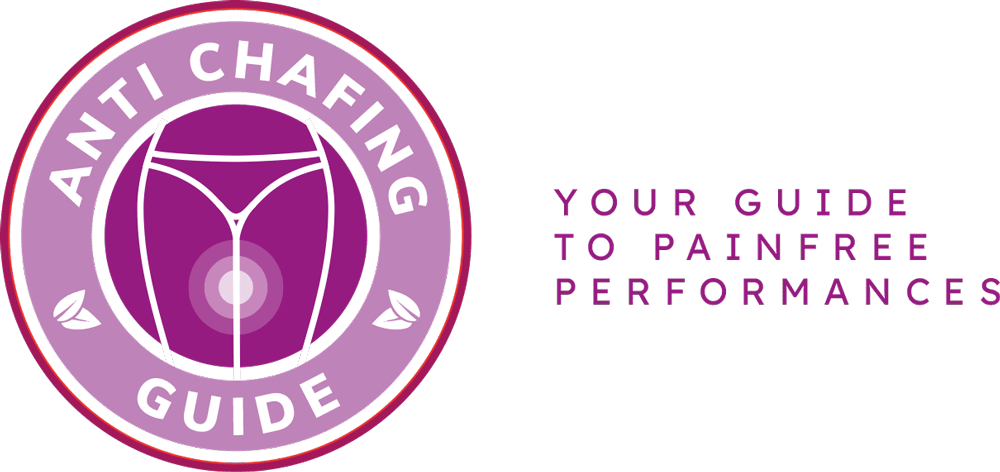Are you tired of dealing with chafing discomfort? Look no further! We have the ultimate guide to banishing chafing for good. Written by dermatologists, this comprehensive guide will provide you with the knowledge and tips you need to prevent and treat chafing, allowing you to keep your skin healthy and irritation-free.
Chafing can be caused by various factors, including friction, moisture, and improper clothing. In our guide, we will delve into these common causes and teach you how to avoid them. By understanding the root causes of chafing, you can take proactive measures to prevent it from occurring.
But what if you’re already dealing with chafing? Don’t worry, we’ve got you covered. Our guide also includes effective methods for treating chafing and promoting healing. From proper hygiene practices to choosing the right clothing materials, we’ll provide you with the tools you need to find relief.
So say goodbye to chafing and hello to healthy, irritation-free skin. Follow our dermatologist-approved guide and experience the comfort and confidence you deserve.
Causes of Chafing
Chafing is a common skin condition that can cause discomfort and irritation. Understanding the causes of chafing is essential in preventing this issue from occurring. Friction is one of the primary culprits behind chafing. When two surfaces rub against each other, such as skin against skin or skin against clothing, it creates friction that can lead to irritation. Moisture also plays a significant role in chafing. Sweating or being in a humid environment can increase moisture on the skin, making it more susceptible to chafing. Lastly, improper clothing choices can contribute to chafing. Wearing tight or rough fabrics that don’t allow for proper airflow can exacerbate the problem.
To avoid chafing discomfort, it’s crucial to take preventive measures. One way to prevent chafing is by using lubricants or powders that reduce friction between the skin and clothing. These products create a protective barrier that minimizes irritation. Additionally, wearing moisture-wicking clothing can help keep the skin dry and reduce the risk of chafing. Opt for breathable fabrics like cotton or synthetic materials designed to draw moisture away from the skin. It’s also essential to choose clothing that fits properly and doesn’t rub against the skin. Loose-fitting garments allow for better airflow and reduce friction. By understanding the causes of chafing and taking preventive actions, you can keep your skin healthy and free from discomfort.
Treatment and Prevention
Treatment and prevention are key when it comes to banishing chafing for good. As dermatologists, we have gathered effective methods to help you find relief and keep your skin healthy and irritation-free.
First and foremost, proper hygiene is essential in preventing chafing. Make sure to keep the affected areas clean and dry, especially after physical activity or sweating. This will help reduce friction and moisture buildup, which are common triggers for chafing.
Moisturizing is another crucial step in preventing chafing. Apply a generous amount of moisturizer to the areas prone to chafing, as this will keep the skin hydrated and less prone to irritation. Look for moisturizers that are specifically formulated for sensitive skin.
Choosing the right clothing materials is also important. Opt for breathable fabrics that allow air circulation and wick away moisture. Avoid rough or abrasive materials that can cause friction and irritation. Additionally, wearing properly fitting clothing can help minimize rubbing and chafing.
Using protective creams or powders can provide an extra layer of defense against chafing. Look for products that contain ingredients like zinc oxide or petroleum jelly, as these can help reduce friction and soothe irritated skin. Apply these products to the affected areas before engaging in activities that may cause chafing.
By following these treatment and prevention methods, you can bid farewell to chafing and enjoy smooth, comfortable skin. Remember, taking care of your skin is essential for overall health and well-being. Don’t let chafing hold you back from living your best life!
Frequently Asked Questions
- Q: What is chafing?
A: Chafing is a common skin problem that occurs when there is friction between skin surfaces, leading to irritation, redness, and sometimes even blisters. It commonly affects areas where the skin rubs against itself or clothing, such as the thighs, underarms, and groin.
- Q: What are the main causes of chafing?
A: Chafing is primarily caused by friction, moisture, and improper clothing. When the skin repeatedly rubs against another surface, it can lead to chafing. Sweat and moisture can exacerbate the problem by making the skin more prone to friction. Wearing rough or ill-fitting clothing can also contribute to chafing.
- Q: How can I prevent chafing?
A: To prevent chafing, it’s important to keep the affected areas clean and dry. You can apply a thin layer of petroleum jelly or anti-chafing balms to reduce friction. Choosing moisture-wicking clothing made of breathable fabrics can also help. Avoid wearing tight or rough clothing that can cause additional friction.
- Q: What are some effective treatments for chafing?
A: If chafing occurs, you can soothe the affected area by gently washing it with mild soap and water, then applying a healing ointment or cream. Keep the area dry and avoid further irritation. If the chafing is severe or accompanied by infection, it’s best to consult a dermatologist for appropriate treatment.
- Q: Can overweight individuals be more prone to chafing?
A: Yes, excess weight can increase the likelihood of chafing. The extra skin folds and increased friction can lead to more frequent chafing. Maintaining a healthy weight and adopting good hygiene practices can help reduce the risk of chafing.
- Q: Are there any home remedies for chafing?
A: Yes, there are some home remedies that may provide relief from chafing. Applying aloe vera gel, coconut oil, or a cool compress to the affected area can help soothe the skin. However, if the symptoms persist or worsen, it’s advisable to seek medical advice.


Keith is originally from Truckton, Colorado. The 54-year-old cared for his overweight wife for many years. Keitch is also a freelance editor at antichafing.net and supports the team as a competent advisor. In his spare time Keith enjoys reading books, visiting his homeland and is a passionate product tester for well-known manufacturers.

